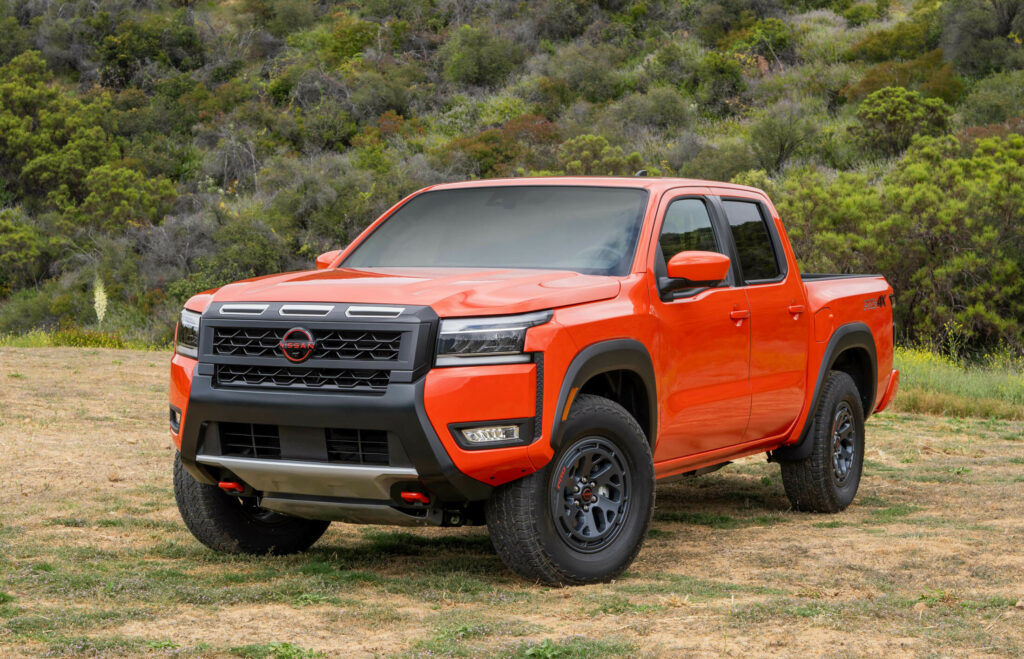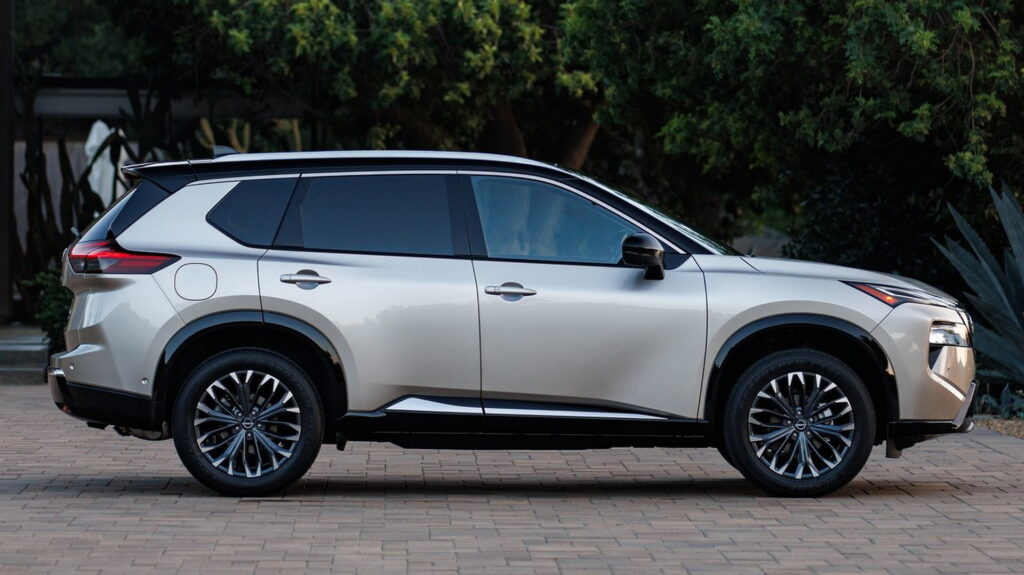- Nissan will produce about 40,000 Rogue and Frontier models in the next two months.
- Brand inventory has fallen from 106 days in December to 83 days in August.
- This isn’t the first time this year it has temporarily cut production of popular models.
Nissan is trying to quell a high inventory and is slashing production of the Rogue and Frontier through September and October, a recent email sent to dealers reveals.
In the letter, the Japanese car manufacturer revealed production of its two hugely popular models will be cut by up to 40,000 units across two months. This comes despite the fact that the Rogue accounted for 31% of Nissan’s total US sales in the first half of the year. Combined, the Rogue and Frontier made up 40% of brand sales.
Read: Nissan’s Hybrid Mistake Costs Rogue Sales, Despite Hot Refresh
Nissan has been fighting against swelling inventory since last year. At the end of December, it had a 106 days’ supply of vehicles, significantly more than the national average of 70 days. It’s turned things around this year and, according to Auto News, had an 83 days supply by late August, only slightly above the national average of 81. The average inventory of the Rogue and Frontier is higher at 89 days and 111 days, respectively.
“We continue to work with our dealer network to manage inventory appropriately, especially for our core models,” Nissan spokesperson Kyle Bazemore said of the cuts.
This isn’t the first time the automaker has reduced production to lower its inventory. It cut US output by 6% in the first quarter and the Rogue accounted for more than half of the nearly 10,200 fewer vehicles assembled. Manufacturing pauses were also introduced from January through March.

The Rogue is currently built at Nissan’s plant in Smyrna, Tennessee, while the Frontier is made at its Canton site in Mississippi. The Rogue’s production line will operate for just four days per week through the end of October as opposed to five days.
While Nissan is trying, dealerships want more to be done. Dealer profitability is at its lowest level in nearly 15 years and roughly 38% of the brand’s dealers in the US are losing money.




